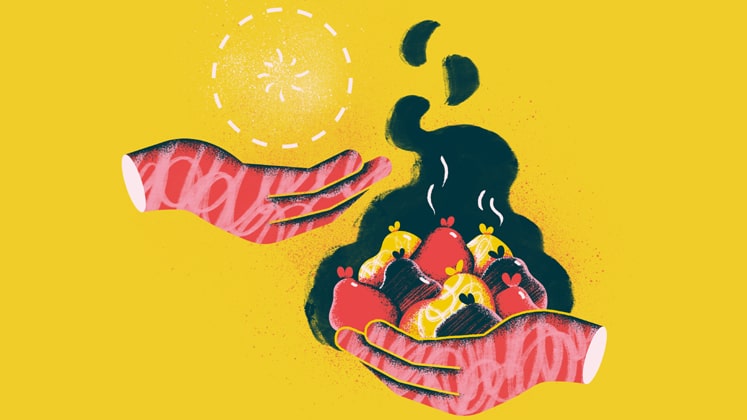
COVID-19 brought certain human needs to the forefront, which further established this new kind of consumer. This new kind of consumerism has had a large impact across all industries. In this feature, we have shed light on the same.
by Anjori Grover Vasesi 29-January-2021 | 20 mins read
ASW Marketplace held a two-day conference recently, as its first major engagement activity to watch out for. These two days were packed with well-known expert speakers from various domains in the fashion and retail industry, who talked about industry-oriented and futuristic topics that will impact the sector in the time to come.
Erick Smet, Senior Trend Analyst at Trendwatching Amsterdam, is a vibrant storyteller who has led innovation trajectories, presented keynotes, webinars and has hosted various future-forward workshops and events for the likes of PepsiCo, Liberty Global, Libbey Inc. At the Marketplace, Erick spoke about ‘Future Consumer Influence on Retail in 2021’ at an exclusive Apparel Sourcing Week trend session.
Trendwatching has been tracking trends for more than two decades now on a global scale – through insights and consumer trends. Their goal is to make businesses worldwide track all the changes happening in the world right now in order to make informed decisions. In Erick’s own words, they ‘are guided by trends and grounded in purpose.’
Change right now is the only constant, and the world is always changing.
The words of Vladimir Lenin have never rang more true- ‘There are decades where nothing happens and then there are weeks where decades happen.’
As was noticed in 2020 when the pandemic hit the world, making it come to a screeching halt.
This has had major implications not only on the global economy but also in our social circles because the pandemic has accelerated this generational shift and it has also caused a lot of businesses to pivot.
“Because of all this change, it is quite easy to feel overwhelmed. But at our core, we all remain humans with the same human needs. But when change bumps up against core human needs, it creates tension and that is how we plot trends at Trendwatching,” Erick explained.
The company looks at innovations and uses those to identify the future needs and wants of customers.
How does COVID fit into this model?
COVID-19 brought certain human needs to the forefront, which further established this new kind of consumer with a strong focus on health and well-being, connection, convenience, peace of mind, entertainment, status, trust and fairness. This has led to a new kind of consumerism that has had a large impact across all industries.
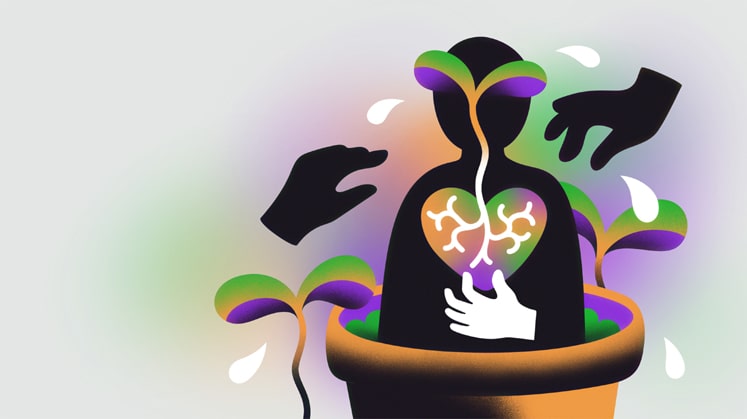
“This pandemic will bring class differences in Asia centrestage and brands need to rise up to acknowledge this divide moving forward,” Erick said.
According to the World Bank, 11 million people in Asia could be pushed back to poverty because of COVID-19. “This signals widespread social and economic impact globally. The new extreme poor will be concentrated in countries that are already struggling with high poverty rates and half of this is projected to come from South Asia,” Erick stated.
But all is not doom and gloom as we share 4 key growth drivers that are set to propel the industry forward in the times to come.
Also Read: Key opportunities for businesses to consider in 2021 to appease the future consumer
Convenience
“We see this in the rise of e-commerce and also in the preference of local, and consumers looking for a one-stop-shop solution that can help them with everything so they don’t have to travel from A to B too much. Automation is a huge part of that, it has broken free from just being associated with factories,” Erick explained, adding, “Today it feels like it is sprinting across industries. Take this for example; robot replacements aren’t just for the manufacturing sector – 90 per cent of human workers at Uniqlo’s flagship warehouse are now replaced by robots. The Japan-based brand is nearing the completion of 970 million upgrade projects that will see robotic distribution centres bring full automation to all of its operations.”
Peace of Mind
It is very comforting to people today to have the knowledge that they and their families are safe and free of the risk of being affected. 63 per cent of global consumers said that they feel that things in their country are going on the wrong track, which basically means that there is room for a lot of interference in that sense, and that brands and organisations can look at this space for improvements.
Contactless Economy
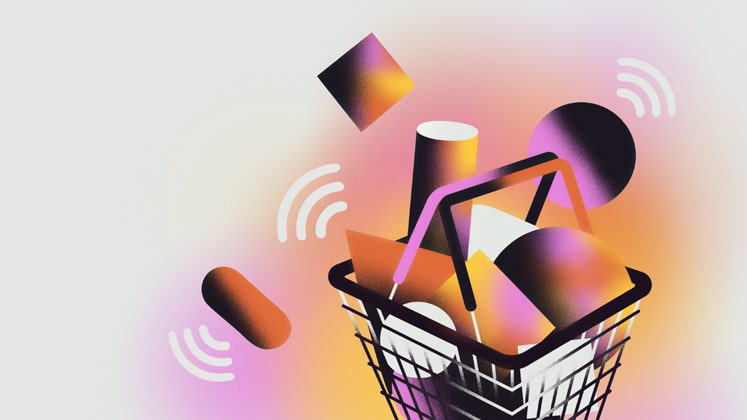
The sudden sharp increase in demand for contact-free interactions is converging with advancements in robotics to enable a new breed of automated e-commerce in real life.
“In light of the pandemic, businesses across the globe have adapted and pivoted processes to focus on contactless experiences – to make sure that it is both convenient and also safe in such a way that nobody is at risk of physical or mental harm,” Erick highlighted.
This includes every step of the customer’s journey. Everything from in-app ordering, to contactless payments, QR codes, BOPIS, curb-side delivery and drive-thrus were (and continue to be) put under trial and refined in an attempt to cater to the 7 out of every 10 consumers that would prefer a shopping excursion that doesn’t require any human contact.
Nate is an AI-enabled shopping assistant, designed to make the checkout process easier and also to enhance shoppers’ privacy. This eliminates the need for shoppers to create an account or share their bank details with brands, and also allows for a gifting feature where all that the shopper needs to do is add the recipient’s phone number.
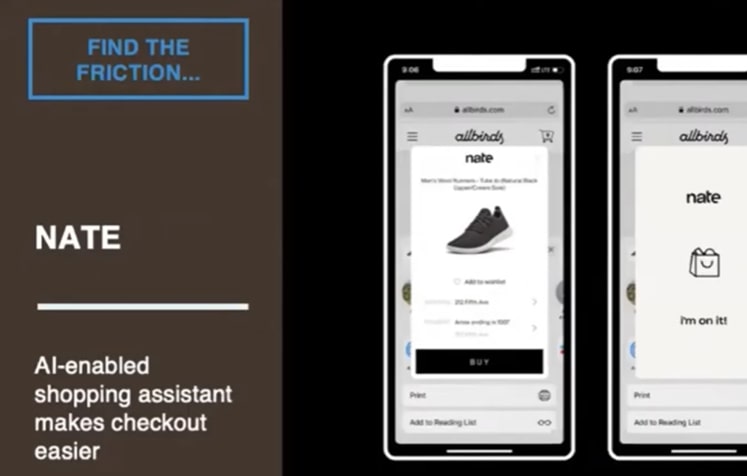
But what happens when you are in-store?
To help reduce the risk of bacteria and viruses, grocery store chain Shoprite has introduced an in-store salad-making robot which can safely prepare your choice of salads from the menu by making use of 21 refrigerated ingredients. This ticks both the boxes of convenience and peace of mind, with the added element of gamification which provides entertainment because your salad is being prepared in front of your eyes by a robot which is very fascinating to experience.
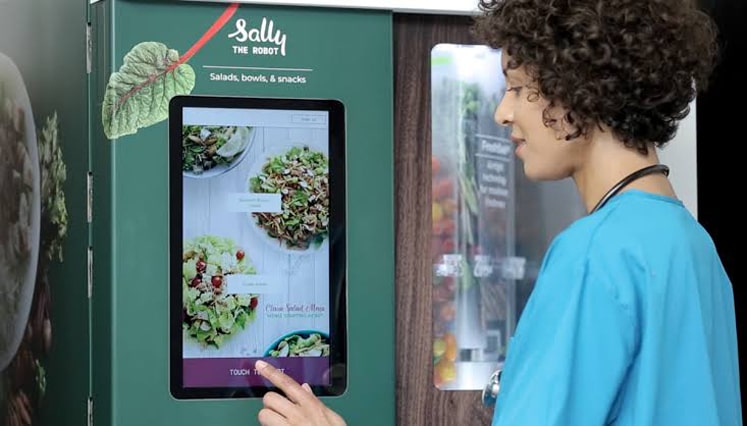
With the festive season coming up, Flipkart in September 2020 used contactless methods to onboard over 50,000 grocery and general stores in over 850 cities across India because COVID-19 impacted these smaller businesses even more than the bigger businesses.
This is more so important now, because these kiranas make most of their money during festival season and Flipkart endeavours to bring them on its platform in an uncomplicated way really paving the way for the future of doing business.
Delivery
Walmart is pioneering in this department. The residents of North Carolina would be amongst the first to experience deliveries being made to them via a drone completely eliminating human interference.
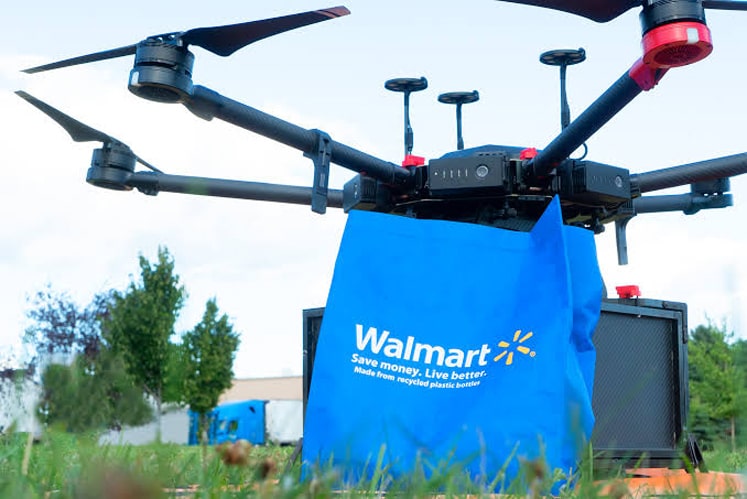
South Korea-based tech firm Woowa Brothers & Baemin launched a robotic delivery service which delivers food from local restaurants in surrounding areas. These examples clearly illustrate that these products are not far-fetched any longer, but are services that are actually happening right now!
Status
Humans, by nature, are status-driven creatures. We thrive on status, we look for it in almost everything we do, but the way we acquire status is being shifted and pivoted as a result of the pandemic.
“Nowadays we can acquire status by conscious consumerism because Covid has heightened existing inequalities in the world. The days of carefree consumerism are long gone…” Erick stated.
According to Futerra, 88 per cent of US consumers want brands to help them be more ethical and eco-friendly in their daily life. “We have shifted from this spend more attitude to one that speaks about conscious spending.”
MasterCard introduced Doconomy, which is essentially a credit card that lets users track, understand and reduce their CO2 footprint, through carbon offsetting. With every purchase you make, you are able to see the impact it has on the planet. The card also offers you a limit, and once you cross the limit, the card blocks itself and you can’t use it anymore making you even more conscious of what you consume.
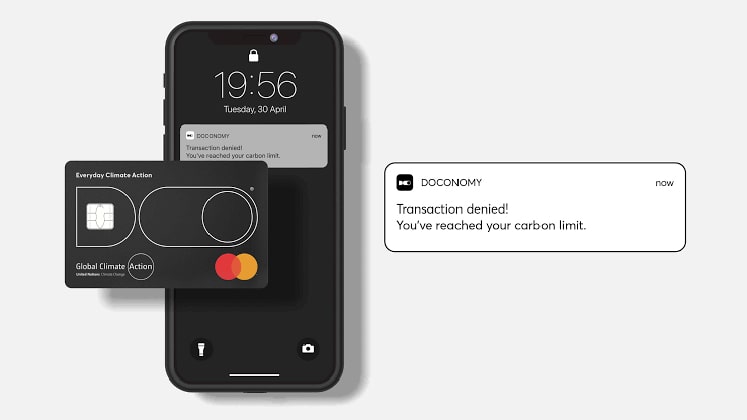
As a nice added bonus, this card is also printed with ink made from recycled pollution and has no magnetic strip. By making less purchases, you also get bonus points which you can use towards sustainable causes, to help the world heal.
Buying more gives way to buying responsibly…
Papertale makes it possible for consumers to confirm exactly where their clothing came from. The technology uses smart tag, which provides users with information about the environmental and social footprint of the item upon being scanned on a smartphone. The impact is traced using blockchain technology. The brand utilises SWAP (Shopping Without Any Payment) app to trade its products.
Not just food brands, but restaurants and fashion brands are increasingly adopting carbon labelling to educate consumers on the hidden costs of products while gaining a new competitive advantage.
Unconsumed
Decades of unbridled consumerism wreaked havoc on our health, environment and society. Then COVID-19 hit the pause button. While consumerism is sure to return, people will have a new perspective.
Commenting on the same, Erick said, “In 2020, especially as awareness of damaging impacts of consumption reaches critical mass, millions will embrace new mindsets, new priorities, new choices, and this will invert what has come before.”
Connection
“Way back in 2016, we first captured the rise of live streaming platforms in Asia; it started as brainless entertainment. Following this, people and organisations began to see its money making potential,” Erick said.
The number of merchants, using Alibaba’s Taobao Live for the first time, rose by 719 per cent from January to February 2020.
Business as Social
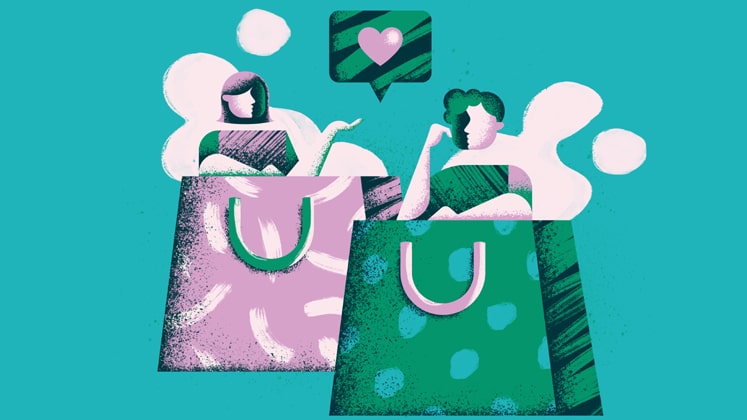
“It is time to forget business as usual and focus on business as social instead.”
Social commerce will drive global expectations for consumption that sit just convenient, and are also communal and experiential.
The impact of these radically social brands will extend far beyond retail.
“This means that it is time to think beyond transactions and convenience and instead think about being more social in terms of how one can build communities. Now consumers in Asia and also beyond will bring expectations for social, community-driven and entertaining experiences to every online commerce event,” Erick elucidated adding, “This socially driven commerce will drive global expectations as well because the impact of these radically social brands will extend far and beyond the businesses that are just mentioned.”
From mid-March to mid-April 2020, usage of TikTok was up 33 per cent for Gen X respondents and 27 per cent for millennials.
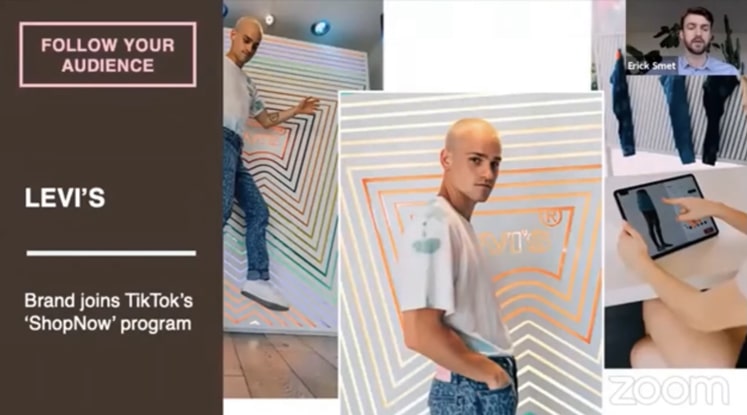
Levis was one of the first brands to tap onto this opportunity and invited certain TikTok influencers to customise their own denim using the brand’s tools. So videos of the influencers’ creative processes appeared on TikTok, as in feed ads and through TikTok’s ShopNow feature, followers could click through and land on the Levis website to shop the same design that they saw promoted by their favourite influencer.
“Opportunity here is not just to hop onto to the next latest hot social channel and to just stick a Buy Now button on your content, but to really see what consumers are interacting with and why,” Erick pointed out.
Squadded is a browser extension that lets consumers shop remotely together with friends. Consumers can shop from brands such as ASOS, Missguided, Pretty Little Thing and add their favourite products to a wishlist and seahorse their links with their friends on group chats to make this session as interactive and social as possible resembling going out with friends to the mall.
51 per cent of Gen Z feel their generation is more creative than previous generations.
My Beauty Brand is a UK-based beauty platform that allows users to set up their own online beauty stores featuring recently launched products. Users are encouraged to share looks using the BUY ME range and sellers enter their information including their own name and store name for sharing it with their community. Store owners can earn commission of up to 20 per cent in sales which is directly transferred to their bank account.
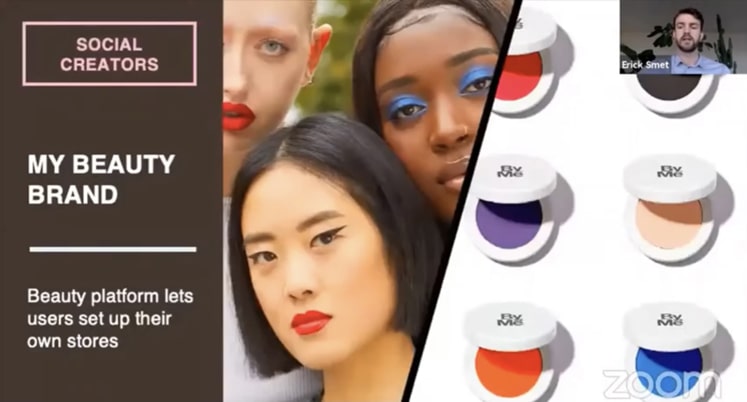
Fashion designer JW Anderson also released a downloadable patchwork pattern for one of his popular cardigans which created a social movement for everyone trying to create their own version and thereby sharing their own experiences online.
Health and Well-Being
The Global Wellness Institute released that the global wellness economy is a US $ 4.5 trillion market.
Health platform Lybrate reported a 180 per cent increase in mental health consultation between 1 March and June 20 across India.
Even before the pandemic, many consumers were aware that the way spaces are designed, can have a direct impact on a person’s mental well-being. According to Google and scientists from John Hopkins University, lighting, sounds, textures, sense and smell can all stimulate senses in a different way thereby impacting your mental wellness.
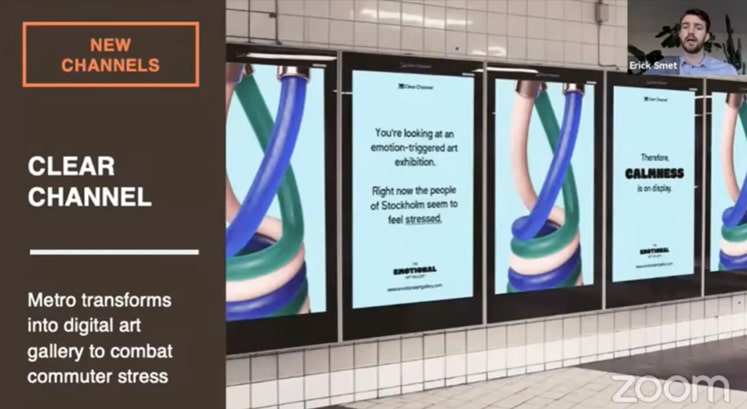
This leads us to BRANDCARE.
Brands make wellness easy by embedding physical and mental health boosters into everyday surrounds or real world objects because for many people in developed countries, 2020 was a wake-up call that good health isn’t a given. Meanwhile, the pandemic is reversing decades of progress on healthcare, with the world’s poorest and most vulnerable and most affected, and studies are linking COVID deaths to poor air quality even as vaccines provide a ray of hope. Expect concerns around health to linger for quite a while.
Voyage is a self-driving shuttle service that installs UV lighting in order to kill bacteria and viruses. This is an example of a new safety standard that consumers can expect when they go shopping.
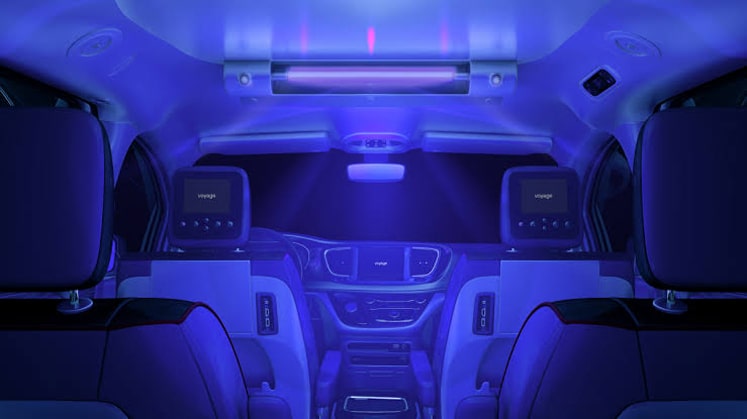
Studies also suggest that exposure to air pollution may increase risk of Covid deaths.
Some brands, especially fashion brands, have been tapping into this need of the consumers to breathe fresh air by providing an in-store air ventilation system a la Stella McCartney in the UK, which makes them claim that they have ‘the cleanest air in London’.
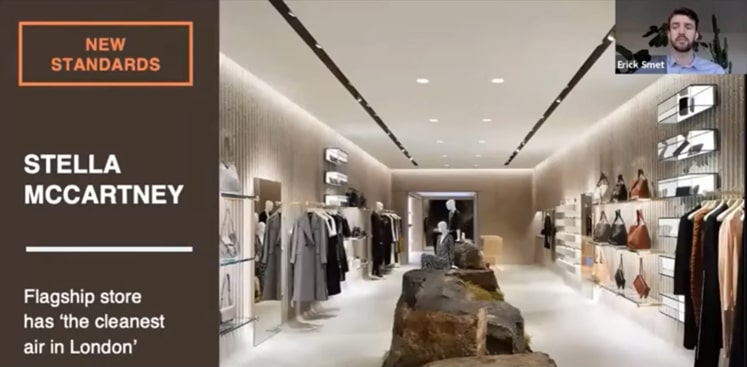
In February 209, Ikea designed a curtain which reduced indoor air pollutants and other odours.
It isn’t just about physical health, according to McKinsey, the average life satisfaction in Europe, which has consistently led the world in welling, fell to the lowest level since 1980 in April 2020.
Before the pandemic, APAC’s healthtech ecosystem was already the second biggest in the world with US $ 6.3 billion in investment.
“Brands today are quickly jumping into this new need. So, whatever route you decide to take, don’t add more on the to-do lists- rather embed,” Erick said adding, “Consumers are busy anyways so they will love brands that make mental and physical wellness easy by embedding it into products and their surroundings.”
Clear Channel promoted well over 50 digital billboards across Stockholm’s metros which replaced digital ads completely. The initiative aims to combat commuters’ anxiety by displaying artworks that are created specifically to remedy diagnosed fear and stress. This has transformed the capital’s public transport service into the world’s longest digital art exhibition.
This leads us to wonder… is it time to start thinking like a healthcare brand?
The rise of a new health economy, which will see consumers expecting every brand they interact with to become a healthcare brand and prioritise their – and their friends’ and families’ – physical and mental well-being.
